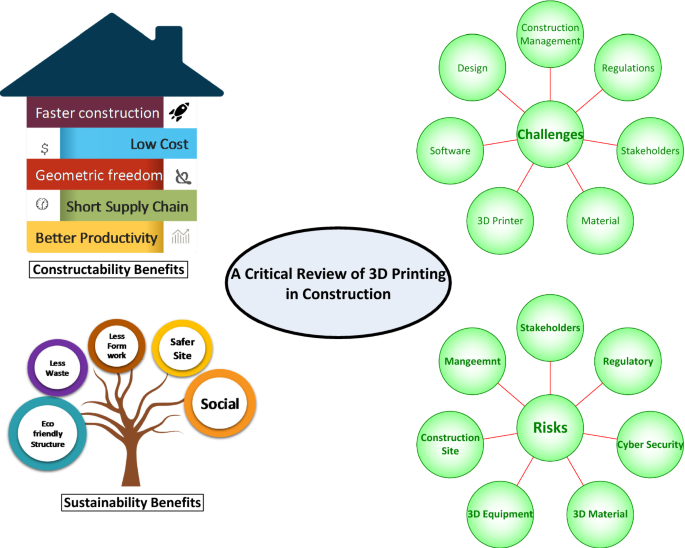Engineering & Technology
PHD Dissertation
- Architecture Robots & 3D Printers
- Downsizing and Turbocharging
- Advanced Combustion Modes
- Organ-on-a-chip
- Water minimization techniques
- Virtual Realities and Immersive Architecture
- Technological Developments For Electrical Vechicles
- Drones or Unmanned Aerial Vehicles(UAVs)
- Modular Construction and 3D Printed Dwellings
- Advances in Gas turbine technology
Modular Construction and 3D Printed Dwellings
While software has reshaped the digital landscape of construction, two technologies have reshaped the physical landscape of construction, and they are prefabricated or modular construction and 3D printing. Modular construction involves fabricating the bulk of a building in an offsite manufacturing unit, and then transporting them to be effortlessly assembled on location. This modular construction is used in constructing both residential and commercial buildings[1]. Modular construction has four broad steps: 3D printing, post processing, quality control and assembly. Automation plays a great role in each of these steps. Depending on the model, the installation of modular units usually takes only a day or two, compared to the long-period of time taken for building a home using traditional on-site construction methods[2].
3D printing refers to techniques that are used to print a physical unit. This technology is developing fast, and things such as metal, concrete and resin are used to build the whole structures of bridges and houses. 3D printing cost-effectively opens the way to have shapes or angles that are not possible with conventional molds.

Fig 4: 3D-printed Clay Dwelling
The benefits of modular construction and 3d printed dwellings are numerous. They reduce the time taken for building, simplify project planning, create greener buildings and processes and greatly reduce the cost factor too[1].
